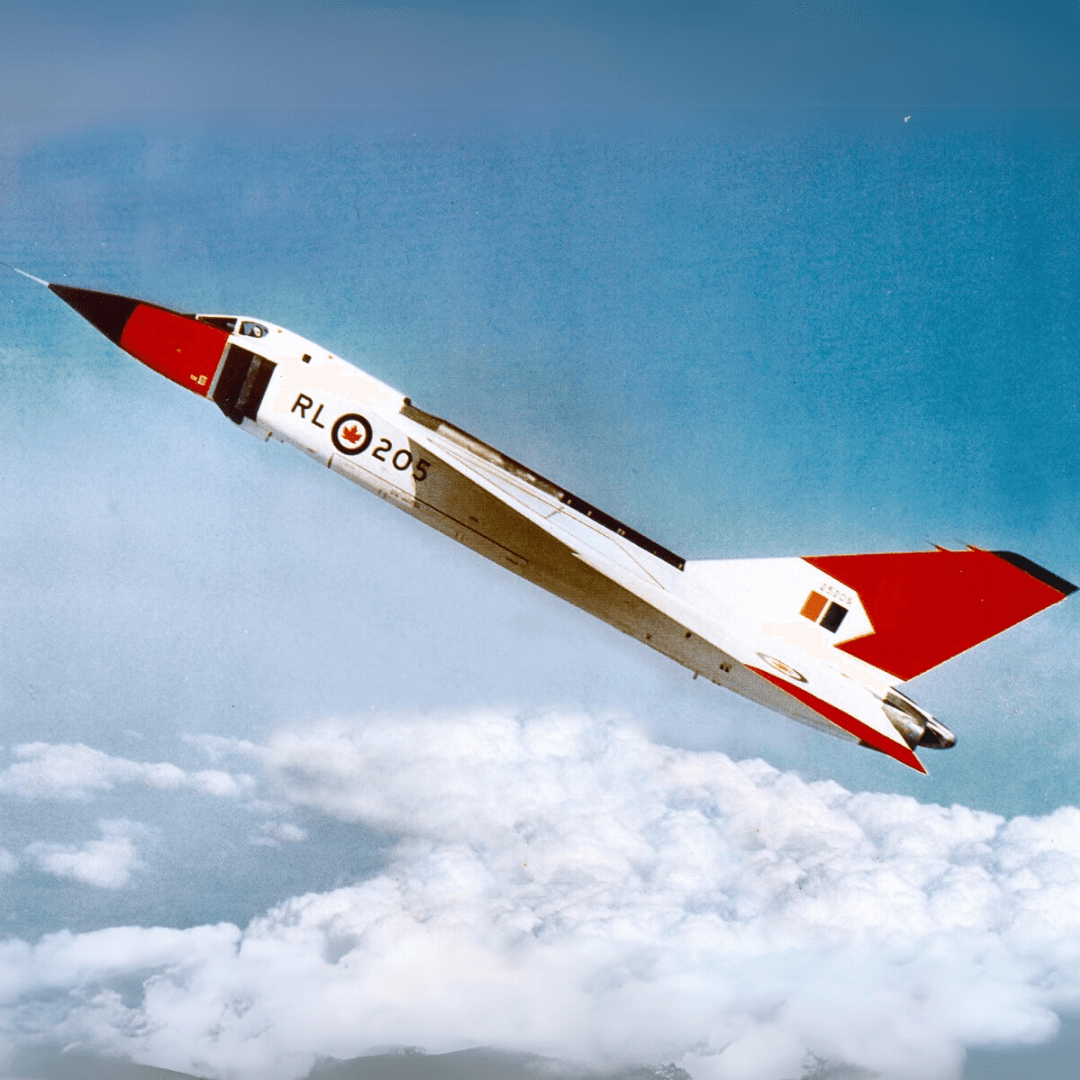The story of the Avro Arrow (CF-105) is a fascinating and often poignant chapter in Canadian innovation. Developed in the 1950s to meet seemingly impossible RCAF requirements for an all-weather interceptor, it became, for a brief time, arguably the world’s most advanced fighter jet. Its sudden cancellation in 1958 and the order to destroy all prototypes remains a subject of debate and “what ifs.”
While the political specifics of its time (and occasional discussions of its revival, like those that have surfaced recently concerning military procurement) are complex, the saga of the Avro Arrow offers two powerful and timeless leadership lessons for any Small or Medium-Sized Business (SMB) aiming for significant breakthroughs today.
Lesson 1: The Power of “Impossible” Goals
The RCAF’s 1952 requirements for the Arrow pushed the boundaries of what was then considered technologically achievable. They asked for specifications that current thinking deemed impossible. Yet, it was precisely these audacious requirements that challenged the Avro team to innovate, leading to breakthroughs like the revolutionary Orenda jet engine and advanced delta-wing aerodynamics.
The lesson for SMB leaders is profound: unless you set goals that stretch beyond current perceived constraints, you may never discover what your team or your business is truly capable of achieving.
- What are the “impossible” challenges in your industry today?
- How can you reframe these as audacious goals for your team?
Even if you only achieve 80% of a seemingly unachievable target, as the Avro engineers effectively did, you’ll likely still achieve something far more revolutionary than if you’d aimed for purely incremental improvements. As a fractional CIO, I often work with SMBs to set ambitious technology goals that force them to rethink processes, explore new solutions, and ultimately unlock new levels of performance.

Lesson 2: Never Truly “Kill” Good Ideas – The Value of an Innovation Repository
The order to destroy the Arrow program, including all materials, meant a wealth of innovation was seemingly lost. However, the very idea that an “old” innovation could be reconsidered for a new problem decades later highlights another crucial lesson: good ideas, even if not implemented at the time, can have future value.
This underscores the importance of what I call an “Innovation Repository”; a system or practice for logging, recording, and periodically revisiting viable ideas that emerge from your innovation efforts, brainstorming sessions, or attempts to solve those “impossible” challenges, regardless of whether they were immediately actionable.
- This repository becomes a valuable toolkit, a source of inspiration, or even a direct solution when new challenges or opportunities arise, sometimes years down the line.
- For an SMB, this doesn’t need to be a complex system. It could be a shared document, a dedicated channel in your collaboration tools, or a regular agenda item in strategic reviews. The key is to capture and preserve potentially valuable thinking.
What’s Next
The Avro Arrow story is a powerful reminder for SMB leaders to challenge their teams with bold, “moonshot” goals and to create a culture where innovative ideas are captured and valued, even if their time hasn’t yet come. By doing so, you equip your business to not just meet current demands but to shape its future and “Succeed Sooner.”
Is your SMB setting audacious enough goals to truly drive innovation? Do you have a way to capture and revisit valuable ideas? If you’re looking for a strategic partner to help you foster a culture of innovation, set transformative technology goals, and build systems for leveraging your team’s best thinking, let’s connect with Succeed Sooner Consulting.


Leave a Reply